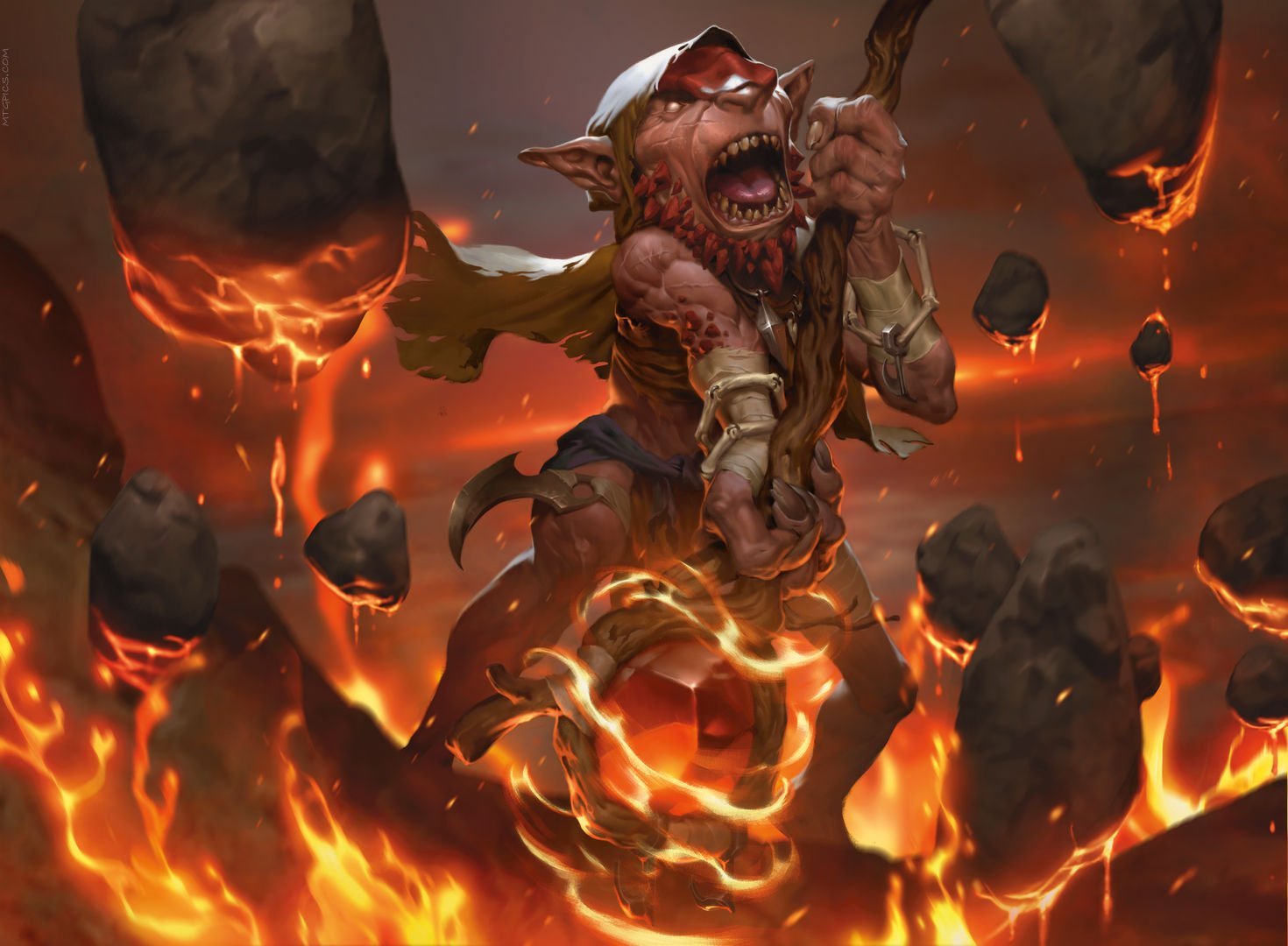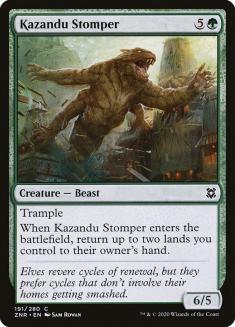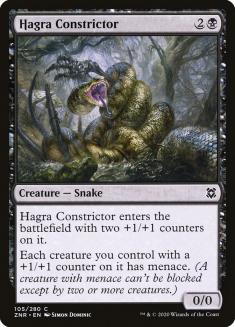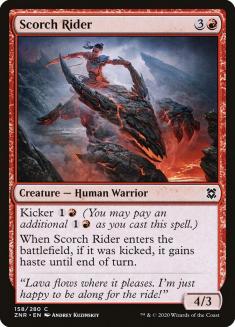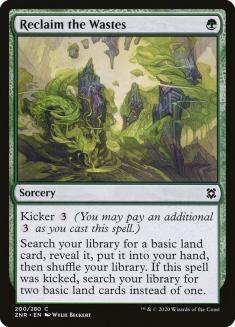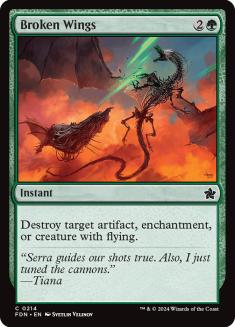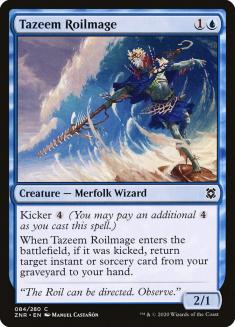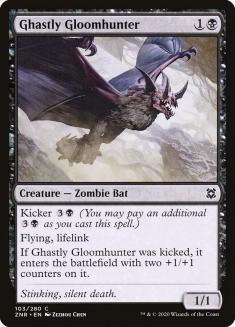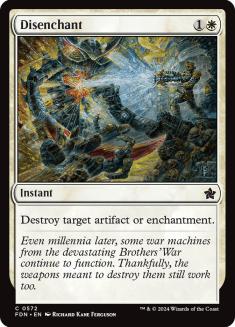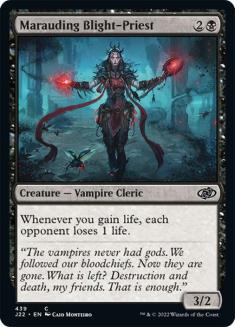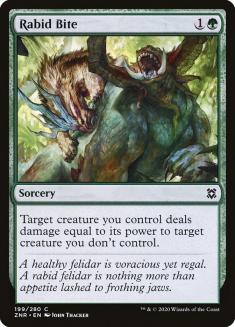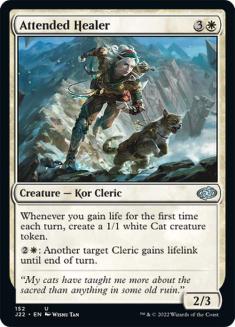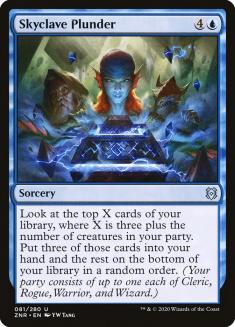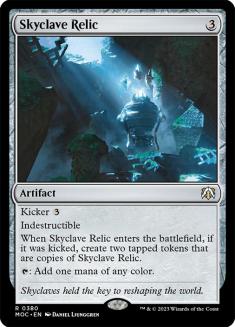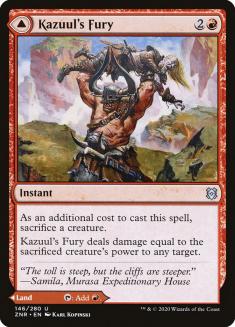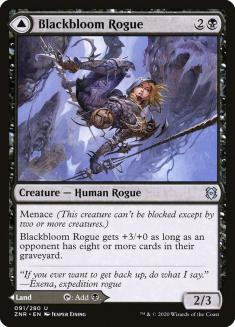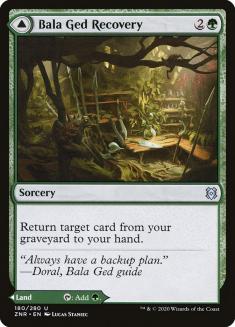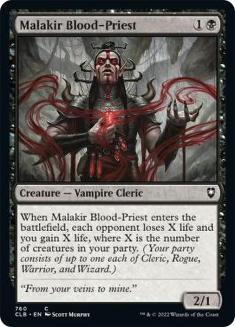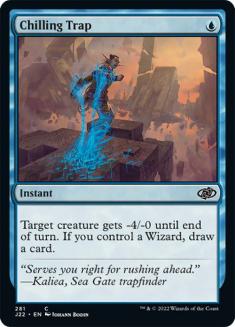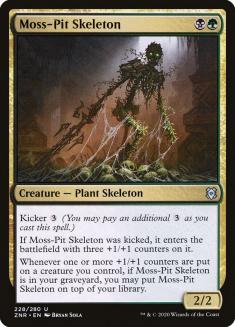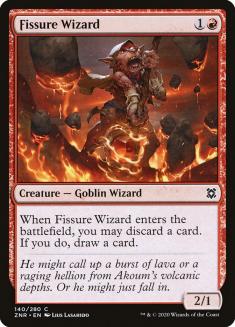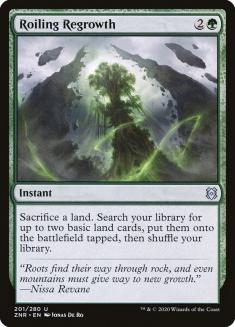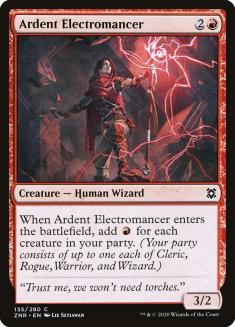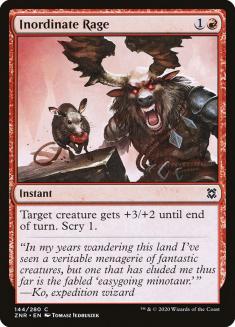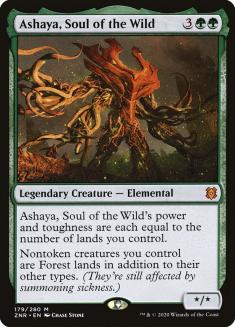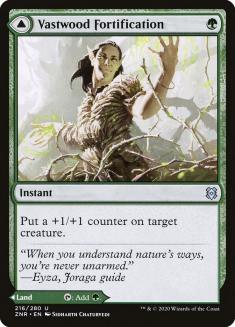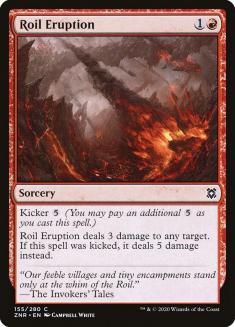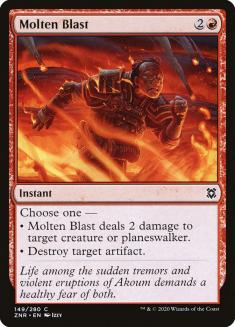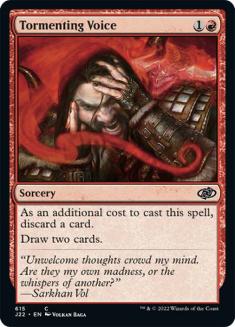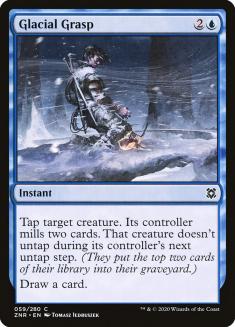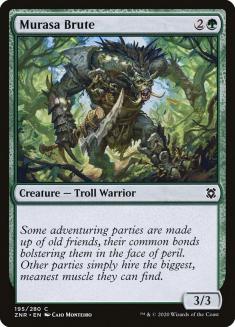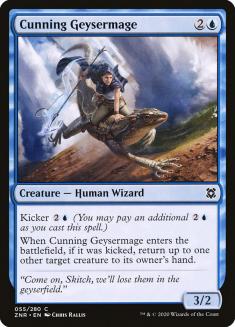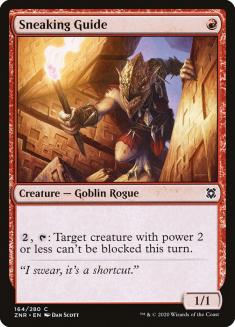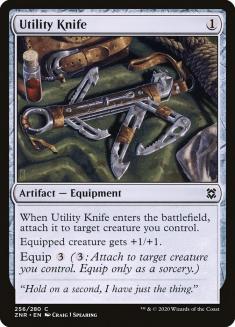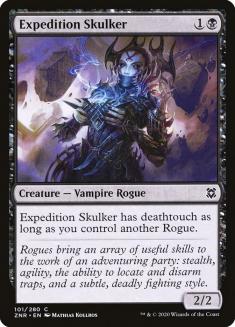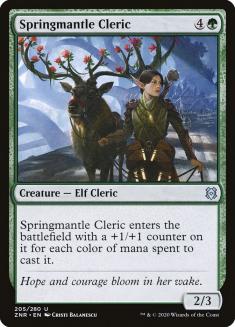I have spent the last week studying Zendikar Rising Limited and this format is a blast. The modal double-faced cards (DFCs) are the perfect smoothing mechanic for Limited and two weeks ago I wrote an article all about how to evaluate them to get an edge. I expected them to be very good, but they’re even better than I expected and my studying has revealed something very specific:
After a certain number of modal DFCs, the advantage it provides is unbelievable. I refused to pass modal DFCs in Draft in order to really stress-test this theory, and then I took this intuition and dug into discussion with other Limited minds and even explored the math.
The first intuition I built up from testing this mechanic is impact on the game given the number of modal DFCs I drew. I realized that it was very common to play the first one as a land, and hence games where I drew -more modal DFCs had a much richer set of decisions than games where I drew zero or one. So, let’s look at the probability of drawing two or more modal DFCs given different amounts of them. Furthermore, let’s try to understand the probability that this happens in at least two games in any given match. Assuming Limited games are around seven turns, the following table describes such probabilities:
| Modal DFC Count | Probability of drawing two or more in one game | Probability of drawing two or more in at least two games of a match |
| 0 | 0% | 0% |
| 1 | 0% | 0% |
| 2 | 10% | 3% |
| 3 | 24% | 14% |
| 4 | 39% | 34% |
| 5 | 53% | 54% |
| 6 | 64% | 71% |
| 7 | 75% | 84% |
| 8 | 82% | 91% |
Observe that, if we want to gain a large advantage per match, having six or more modal DFCs achieves this. And the few times I have had the pleasure of having eight of them, I felt like I was playing a Constructed deck against Limited decks. Every single match, I had significantly more agency over my decisions than my opponent. But what does this mean in terms of Draft strategy?
Prioritize modal DFCs extremely high in Pack 1. Yes, even higher than the individual cards are worth. This is because there’s a significant jump in deck consistency once you have six modal DFCs. They are more than the sum of their parts at this density, and it’s in your best interest to position yourself such that getting six or more is possible. If it doesn’t happen, it’s not like you’re missing out on much, as most modal DFCs are good cards anyways.
This prioritization changes over the course of the draft. If you’re going into Pack 3 with five or more modal DFCs, they should remain very high picks to contribute to that density. However, if it isn’t reasonable to achieve such a density, it’s correct to prioritize cards normally.
That being said, don’t fall into the trap of passing cards that are archetypally crucial or powerful. Modal DFCs increase consistency by decreasing the probability of mana flood, mana screw, and mulliganing. However, they generally do not contribute to deck power or synergy. A consistent deck that is not powerful and not synergistic still will not perform well. It’s important to still make picks that ensure your deck properly works within the archetypal synergies available. This is less important for early picks, as it’s important to stay open with good cards, like the modal DFCs. However, once solidly in a color combination, it can be important to take common role-players.
Lastly, the question that everybody asks:
Are these lands or spells when figuring out how many basics to add?
Stop asking this question. If you want a heuristic for modal DFCs and mana sources in this format, I say to aim for around twenty total mana sources. The best manabase in this format will have twelve basics and eight modal DFCs. The fact of the matter is that each individual card can be a land or a spell dependent on any game. Classifying Vastwood Fortification as a land misses this point. There are plenty of games where combat rewards casting the card early.
The reason I like twenty sources is that it provides the most agency. At twenty sources, I am over 90% likely to have four lands on Turn 4, which is a very significant advantage. Furthermore, this means that I have a large enough land count that I’m not cornered into the scenario where I frequently have to play modal DFCs as lands. By drawing multiple, I can assess the current situation and determine which spell best suits the game state. This isn’t possible if I just decide, “I’m an eighteen-land deck and I’ll cut lands for my modal DFCs.”
Historically, we play sixteen to eighteen lands because it’s safe. If we play more, it’s too easy to flood. If we play less, it’s too easy to miss land drops. This risk completely goes away with a density of modal DFCs. So I detest the notion that we need to classify these cards as lands or spells in order to properly build a deck. Aim for around twenty total mana sources and draft as many modal DFCs as you can!
Pack 1, Pick 1
The Pack:
The Pick:
Pack 2, Pick 6
The Picks So Far:
The Pack:
The Pick:

